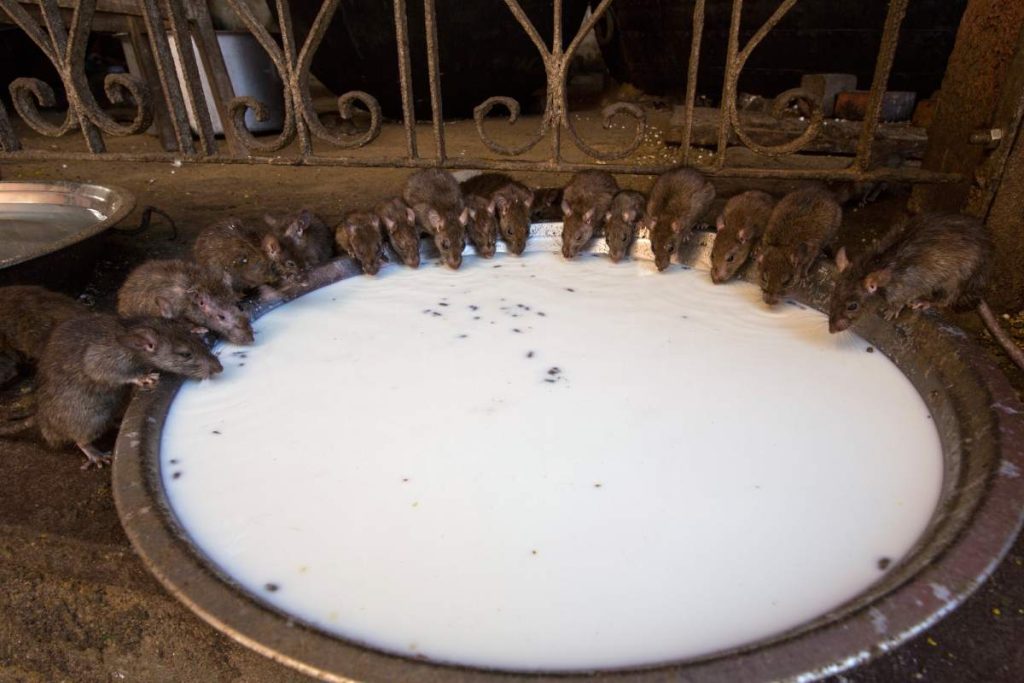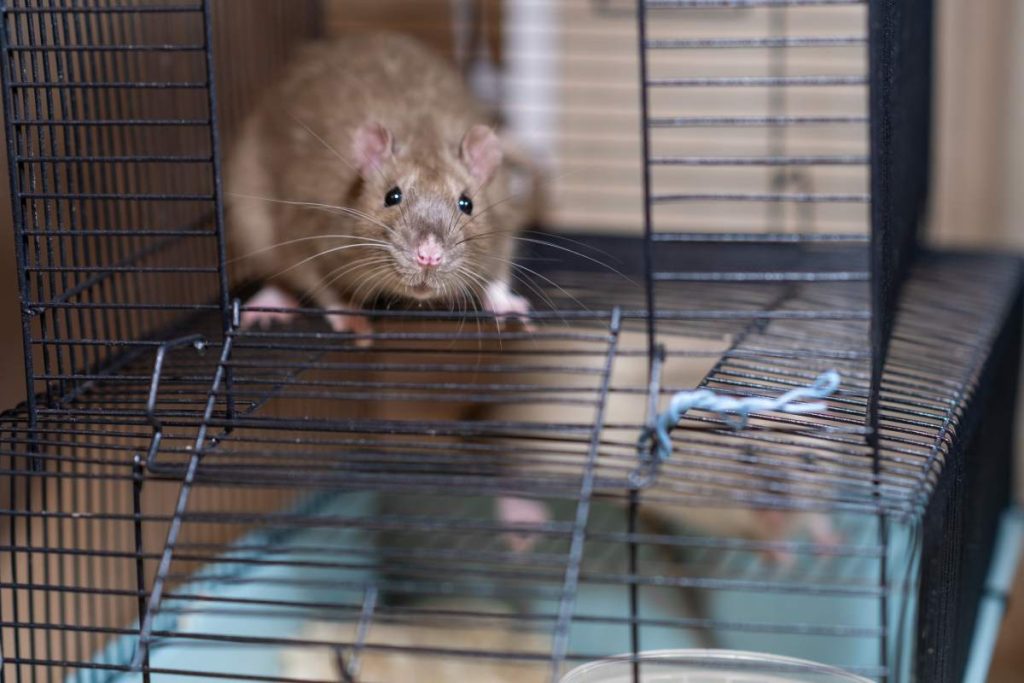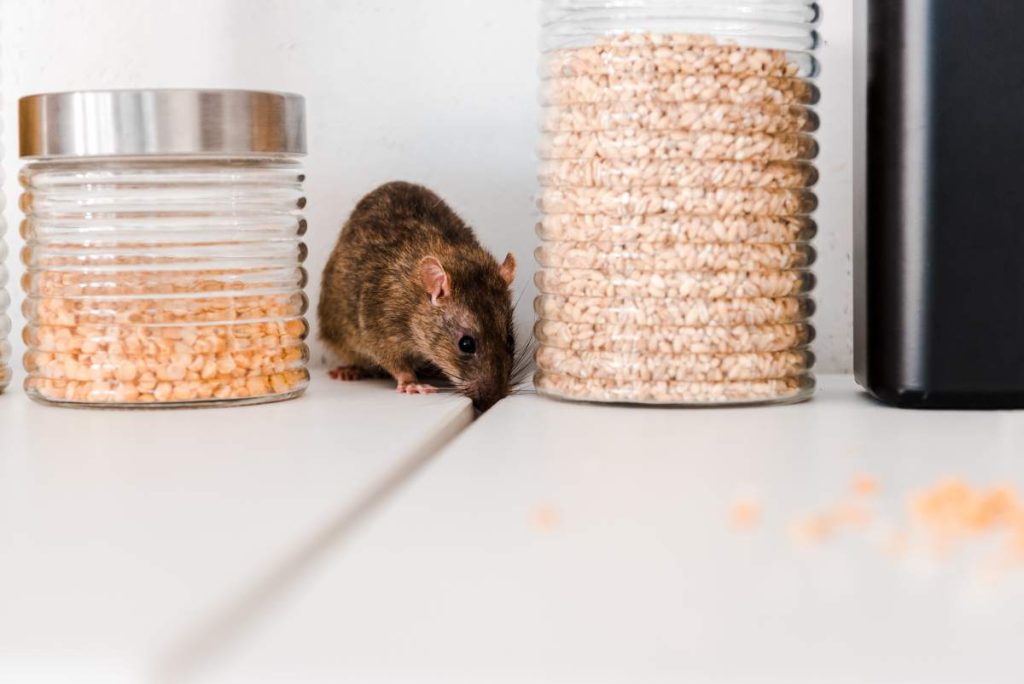Last time we talked about “is it worth getting an exterminator for ant infestation“, now it’s time to move on to a bigger pest, rat infestation.
Dealing with a rat infestation can be super stressful and urgent. Whether you’re seeing a few signs of rats or dealing with a big problem, it’s important to know how long it might take to get rid of them.
The time needed to resolve a rat infestation can vary a lot depending on factors like the size of the infestation, the methods used, and how well follow-up measures work. This article will break down these factors to give you a clear idea of what to expect and how to manage the timeline effectively.
Is It Worth Getting an Exterminator For Rats?
If you’re dealing with a rat problem, you might be wondering if hiring an exterminator is worth it. Here’s a straightforward look at the pros and cons to help you decide.
Why You Might Need an Exterminator:
- Expertise and Experience: Exterminators are professionals with experience handling rat infestations. They know the best techniques for identifying where rats are entering your home and how to deal with them effectively. They use specialized equipment and products that are more potent than over-the-counter solutions.
- Comprehensive Solutions: An exterminator doesn’t just get rid of the rats; they address the root of the problem. This means finding and sealing entry points, setting traps or using poison safely, and providing advice on preventing future infestations. They can also offer follow-up services to ensure the problem is fully resolved.
- Safety: Handling rats and the chemicals used to eliminate them can be risky. An exterminator has the training to use these products safely, reducing the risk to your family and pets. They also know how to handle dead rats and their droppings, which can carry diseases.
- Time and Convenience: Dealing with a rat infestation on your own can be time-consuming and stressful. An exterminator can save you time and hassle by quickly addressing the problem and allowing you to focus on other things.

Considerations Before Hiring an Exterminator:
- Cost: Professional extermination services can be expensive. Prices vary depending on the severity of the infestation and your location. Be sure to get a few quotes and compare them with the cost of DIY solutions before deciding.
- DIY Alternatives: If the infestation is minor, you might be able to handle it yourself. There are various traps and repellents available at hardware stores. Additionally, improving your home’s cleanliness and sealing entry points can sometimes be enough to solve the problem.
- Long-Term Effectiveness: Not all exterminators are the same. Research and choose a reputable company with good reviews. An effective extermination process should include prevention measures to avoid future issues.
- Health Risks: If you have young children or pets, you should consider their safety. Make sure the exterminator uses methods and products that are safe for your household. Ask about the chemicals they use and how long it will take for the area to be safe.
Hiring an exterminator for a rat problem can be worth it if you’re dealing with a severe infestation or if you prefer a professional to handle the situation. They bring expertise, comprehensive solutions, and safety, but it comes with a cost.
If the problem is small or you’re on a tight budget, starting with DIY methods and improving your home’s defences might be a good first step.
Ultimately, the choice depends on the severity of the infestation, your budget, and how comfortable you feel handling the situation yourself.
What Do Professionals Use For Rat Control?
When dealing with a rat infestation, professionals have a range of tools and techniques to manage and eliminate the problem effectively. Here’s a clear and straightforward overview of what they use for rat control.
1. Inspection and Assessment
Before taking any action, professionals conduct a thorough inspection of your property. They look for signs of rat activity, such as droppings, gnaw marks, and nests. They also identify potential entry points where rats could be getting in, like cracks in walls or gaps around pipes.
2. Traps
One of the primary tools used for rat control is traps. There are several types:
- Snap Traps: These are the most common and are designed to kill rats quickly. They have a spring-loaded mechanism that snaps shut when a rat triggers the bait.
- Live Traps: These traps catch rats alive, allowing for relocation. They are humane but require careful handling and release far from your home to avoid the rats coming back.
- Glue Traps: These traps use a sticky surface to capture rats. They are less commonly used due to concerns about humaneness and effectiveness.

3. Baits and Poison
Bait stations and poison are used to control larger infestations. They come in various forms:
- Rodenticides: These poisons are placed in bait stations to attract and kill rats. They work by causing internal bleeding or other fatal conditions. Rodenticides are effective but need to be used with caution to avoid accidental poisoning of pets or children.
- Bait Stations: These are secure containers that hold the poison and keep it away from non-target animals and children. They are strategically placed where rats are active.
4. Exclusion and Proofing
Exclusion involves sealing off entry points to prevent rats from getting inside. Professionals use materials like steel wool, mesh, and concrete to block gaps and holes. They also ensure that doors and windows are properly sealed and that vents and chimneys are covered.
5. Sanitation and Clean-Up
Rats are attracted to food and water sources. Professionals often recommend improving sanitation to make your home less inviting. This includes:
- Cleaning Up: Removing food scraps, sealing trash cans, and cleaning up spills.
- Eliminating Water Sources: Fixing leaks and ensuring there is no standing water.
6. Monitoring and Follow-Up
After initial treatment, professionals may set up monitoring stations to track rat activity and ensure the infestation is under control. They may provide follow-up services to address any remaining issues and prevent future problems.
7. Professional-Grade Products
Professionals have access to stronger and more effective products than what’s available to the general public. This includes more potent rodenticides and advanced traps. They also use equipment that’s designed for large-scale or persistent infestations.
Professionals use a combination of techniques to control rat infestations effectively. They also provide follow-up services to ensure the problem is fully resolved.
While the cost of professional rat control can be higher than DIY methods, their expertise and access to advanced products often make it a worthwhile investment for serious infestations.

How Long Does It Take to Get Rid of a Rat Infestation?
Dealing with a rat infestation can be frustrating, and one common question people have is how long it will take to get rid of it. The timeline for resolving a rat problem depends on several factors.
Here’s a clear look at what affects the duration and what you can expect.
1. Severity of the Infestation
The extent of the infestation is a major factor. A few rats might be relatively easy to handle, while a large infestation can take more time. A smaller infestation may be managed in a few weeks, while a severe problem could take several months. The larger the population, the more time it will take to eliminate all the rats.
2. Methods Used
Different control methods have different timelines:
- Traps: Using traps alone can take a few weeks to be effective, especially if the infestation is extensive. Traps need to be set up correctly and monitored regularly to be effective.
- Poisons: Rodenticides can be effective within a week or two. However, the complete elimination of rats may take longer because poison needs to be consumed by the rats and take effect. The timeline also depends on the number of bait stations used and how quickly the rats consume the poison.
- Professional Services: If you hire an exterminator, the timeline can vary based on the methods they use and the severity of the infestation. Professionals often start with an inspection and then follow up with a treatment plan that could take several weeks to months.
3. Exclusion and Proofing
To prevent rats from returning, it’s crucial to address entry points and improve sanitation. Sealing cracks, repairing holes, and removing food sources are necessary steps that can influence how quickly the infestation is resolved. Proper exclusion work can prevent new rats from entering and speed up the process of eliminating the current infestation.
4. Size and Location of the Infestation
The location of the infestation affects the time it takes to resolve. If rats are nesting inside walls or hard-to-reach areas, it may take longer to identify and address the problem. Rats in easily accessible areas can be dealt with more quickly.
5. Rat Behavior and Reproduction
Rats reproduce quickly, so if you’re dealing with an infestation, it’s important to act fast. Female rats can have multiple litters a year, so the sooner you start treatment, the better. If the infestation has been ongoing for a while, it may take longer to eliminate all the rats due to the rapid breeding.
6. Monitoring and Follow-Up
After initial treatment, ongoing monitoring is essential to ensure all rats are gone. Follow-up inspections and treatments may be necessary, especially if new signs of rat activity are detected. This monitoring period can add to the overall timeline for complete eradication.
7. Home Environment
Your home’s environment can impact how quickly you get rid of rats. A cluttered home provides more hiding places and nesting sites, which can make the infestation harder to manage. Keeping your home clean and reducing clutter can help speed up the process.
Getting rid of a rat infestation can take anywhere from a few weeks to several months, depending on factors such as the severity of the problem, methods used, and follow-up efforts.
Smaller infestations might be resolved more quickly, while larger or more severe infestations can take longer to fully address. Professional help can expedite the process, but it’s important to also focus on prevention and monitoring to ensure the problem doesn’t return.
In Summary
The time required to get rid of a rat infestation can range from a few weeks to several months, depending on factors like the severity of the infestation, the methods employed, and the thoroughness of follow-up efforts.
While traps and poisons can start showing results within weeks, a comprehensive approach that includes exclusion, sanitation, and monitoring is essential for long-term success.
If you would like to get to know more about rats and rodent extermination, don’t hesitate to contact Expert Pest Control in Sydney. They offer comprehensive knowledge and professional experience to meet all your needs.

















